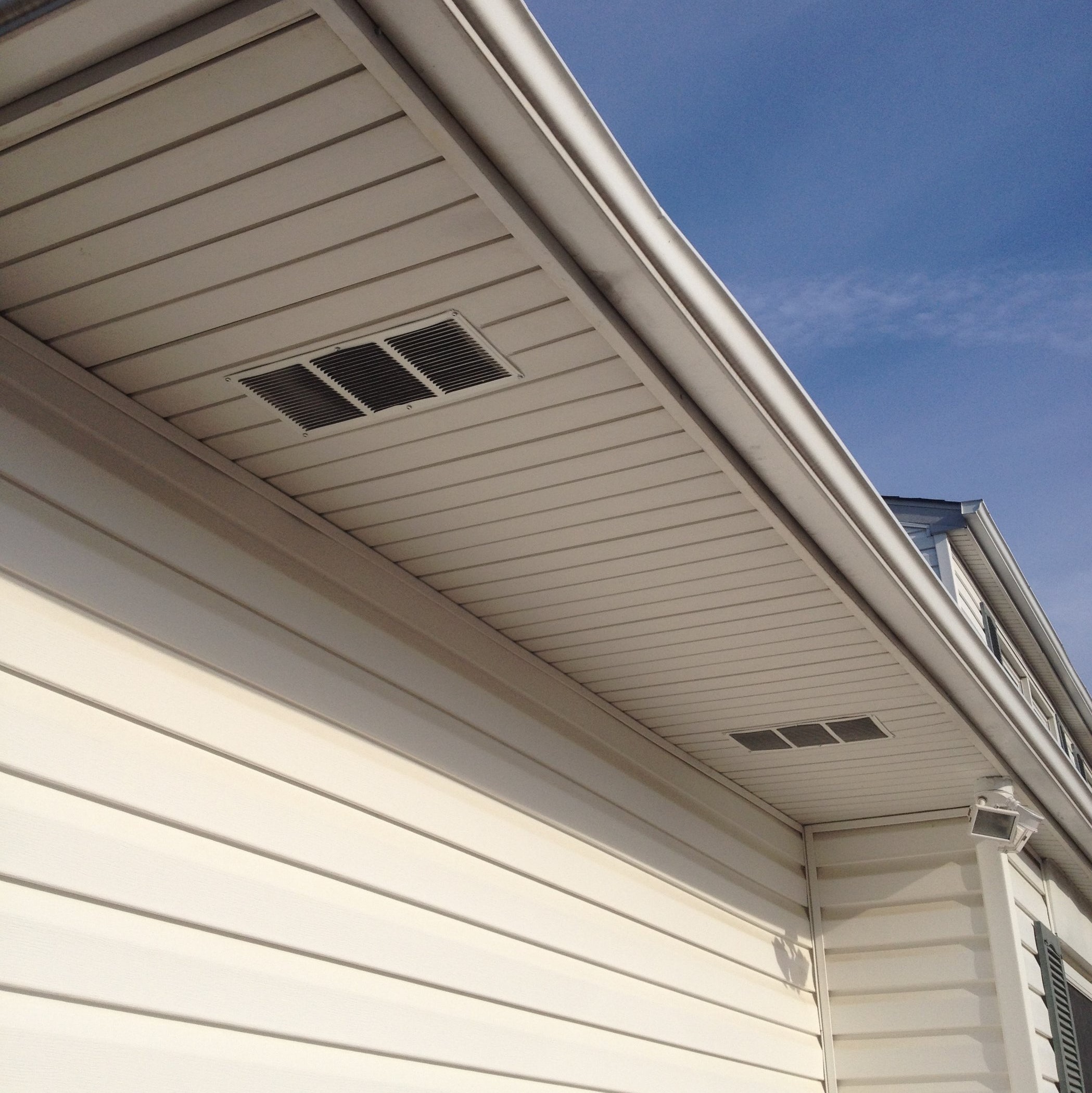Replacing your home’s siding is a significant investment that can enhance its appearance, increase its value, and provide better protection against the elements. However, it’s crucial to avoid common mistakes during the installation process to ensure the siding performs well and lasts for years. Here are four key mistakes to avoid when replacing your home’s siding.
Mistake 1: Skipping the Weather Barrier
A weather barrier is essential for protecting your home from moisture and improving energy efficiency. It acts as an additional shield beneath the siding to prevent water intrusion and enhance insulation.
Why It’s a Problem: Without a weather barrier, moisture can seep into the walls, leading to mold, mildew, and even structural damage over time. This can compromise the integrity of your home and result in costly repairs.
Solution: Always install a weather barrier, such as house wrap, insulation, or a vapor barrier, before the siding. This extra layer helps ensure your siding remains durable and your home stays protected from the elements.
Mistake 2: Improper Nailing Technique
Using the wrong nails or incorrect nailing techniques can lead to significant issues with the siding’s stability and appearance.
Why It’s a Problem: Incorrect nailing can cause the siding to become loose, buckle, or even crack. This not only affects the visual appeal but also the functionality and longevity of the siding.
Solution: Follow the manufacturer’s guidelines for the correct type and size of nails. Use the proper nailing technique: hammer nails flush and straight, nail into the center of the slotted holes, and maintain the recommended spacing between nails. This ensures the siding is securely attached and can expand and contract as needed without damage.
Mistake 3: Ignoring Expansion Gaps
Vinyl siding, in particular, needs space to expand and contract with temperature changes. Ignoring this need can lead to severe problems.
Why It’s a Problem: Without adequate expansion gaps, siding can warp or buckle as it expands in heat and contracts in cold weather. This can result in unsightly deformations and reduce the siding’s effectiveness.
Solution: Leave proper expansion gaps around windows, doors, roof lines, and between panels. This allows the siding to move naturally without causing damage. Be precise in leaving these gaps, and avoid using caulk to fill them as it restricts the necessary movement.
Mistake 4: Choosing the Wrong Siding Material
Selecting the appropriate siding material for your climate and home conditions is crucial for long-term performance and durability.
Why It’s a Problem: Using unsuitable materials can lead to premature wear, damage, and higher maintenance costs. For instance, vinyl siding might not withstand extreme weather conditions, while wood siding can be susceptible to insect damage and rot.
Solution: Research and choose siding materials that are best suited for your specific climate and home requirements. Consider factors like temperature extremes, humidity, and sunlight exposure when making your decision. Consult with professionals to ensure you select the right material that offers durability and minimal maintenance.
Conclusion
Proper siding installation is critical for maintaining the appearance and structural integrity of your home. By avoiding these common mistakes—skipping the weather barrier, using improper nailing techniques, ignoring expansion gaps, and choosing the wrong siding material—you can ensure your siding performs well and lasts for many years.
Don’t let common mistakes ruin your siding replacement project. Trust the experts at Phoenix Siding to ensure your home’s new exterior is installed perfectly, providing durability and enhancing curb appeal. Our experienced team uses high-quality materials and follows best practices to avoid issues like moisture damage, improper nailing, and more.
Contact Phoenix Siding today for a free consultation and estimate. Let us help you choose the best siding for your home and ensure a flawless installation.



